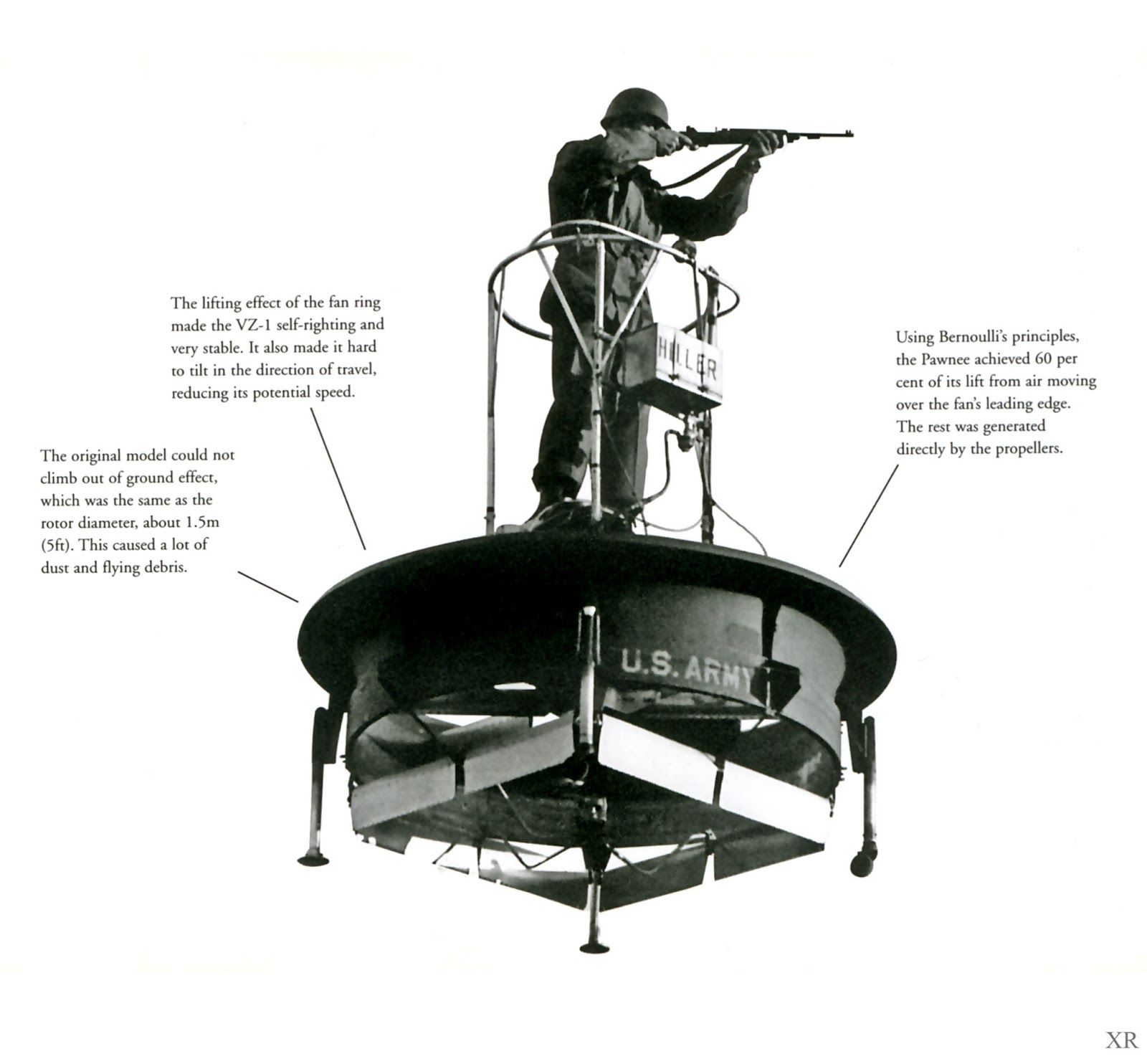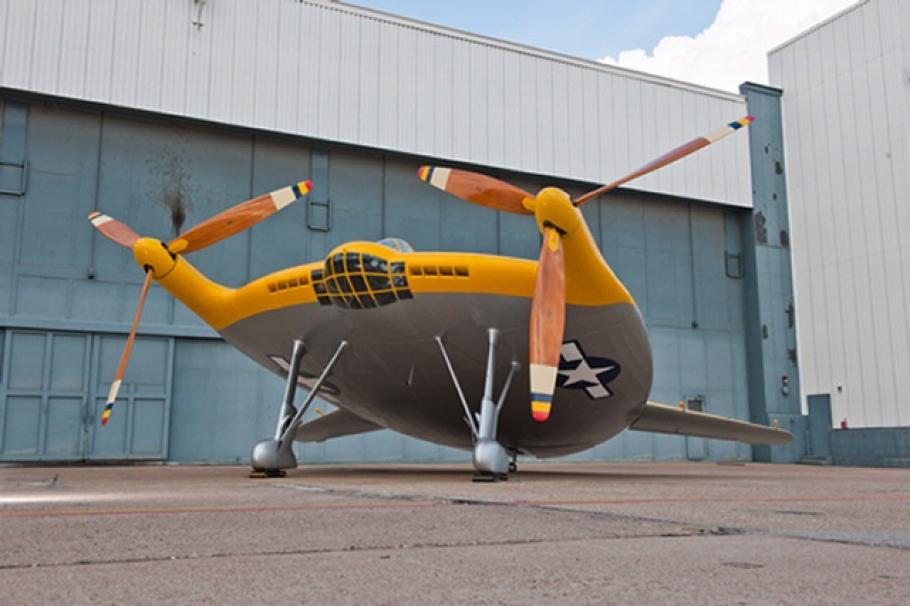The inventor of the flying inventions of World War II: Who is Charles H Zimmerman?
In 1930, Charles Zimmerman was a well-known aviation engineer defending the "Discoidal - Disk -shaped" aircraft design. He worked on his own and various projects with Vought.

After testing all of them, including the use of scale models, remote control, and electric large-scale model, the VoughT V-162, which was set by the American Navy, offered funds to improve this technology.
Data and design documents were given to the Navy in 1939. The project was completed in 1940-1941 with wind tunnel tests performed in full-scale models. The completed V-173 original prototype was built with wood and canvas and has full symmetrical aerophilic sections with traditional features.

Charles Horton Zimmerman (1908 – May 5, 1996), was an aeronautical engineer, whose work on novel airfoil configurations led to several notable experimental aircraft programs. Zimmerman worked at Langley Memorial Aeronautical Laboratory in the 1930s on a variety of research topics, including loads airfoils, and aircraft stability and design. During this time, he was also thinking about much more novel aspects of flight, especially how stability might be maintained.
Designed by Charles H Zimmerman, Vought V-173, also known as “Flying Observation“, is an American plane for experimental and tested as part of the Vought XF5u “Flapjack ılan developed for the United States Navy War Aircraft Program in World War II.
Both the V-173 and the XF5U were unusual, a flat-wing-wing ”structure. The design of this body, which was in the form of a little disk, provided the lifting surface to the plane. Thanks to the two-piston engines embedded in the body and with the propellers on the front of the wing tip.
Hiller VZ-1 Pawnee
The original concept was developed by Charles H Zimmerman in the late 1940s, although Hiller Vz-1 Pawnee was considered for the Second World War, the prototype was developed in 1954 and was produced in 1956 for the American army.
This invention, which can be named a flight platform, can be described as the ancestor of individual drones that have widespread use today. The Hiller had a helicopter engine and a propeller under the platform of the VZ-1 Pawnee. On this platform, there was an area where a soldier or pilot could stand and use the vehicle. The control of the vehicle was provided with the principle called ’kinesthetic control.
According to this principle, the direction and speed of the vehicle were controlled by the body movements of the pilot using the vehicle. However, in the trials of the American army, Hiller decided that the VZ-1 Pawnee was not useful because it was too small and slowly moving, and that its usage area was limited. None of the vehicles has six prototypes. Today, one example is exhibited in the Hiller Aviation Museum and the other in the National Air and Space Museum in Chantilly.
Hiller Vz-1 Pawnee can be called the ancestor of individual drones.
